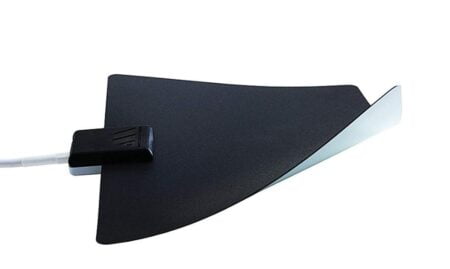The primary differences between SATA (Serial Advanced Technology Attachment) and PCIe (Peripheral Component Interconnect Express) interfaces, especially in the context of storage devices like SSDs, are in terms of speed, data transfer rate, and overall performance. Here’s a breakdown of the key differences SATA vs. PCIe:
SATA vs PCIe
Speed and Data Transfer Rates:
- SATA: This older interface standard has a maximum theoretical bandwidth limit of 600 MB/s (SATA III). While fast enough for general computing tasks and basic SSD performance, it’s significantly slower than PCIe.
- PCIe: PCIe SSDs use the faster PCIe interface, which has much higher bandwidth. The speed depends on the number of lanes (x1, x2, x4, etc.) and the generation of PCIe (1.0, 2.0, 3.0, 4.0, etc.). For example, a PCIe 3.0 x4 connection can provide a bandwidth of up to 4 GB/s, and PCIe 4.0 x4 SSDs can reach up to 8 GB/s, significantly faster than SATA.
Form Factor and Connectivity:
- SATA: SATA SSDs typically come in 2.5-inch form factor and connect to the motherboard via a SATA port. They are compatible with most older and newer systems.
- PCIe: PCIe SSDs often use the M.2 form factor and connect directly to the motherboard via a PCIe slot. Some high-performance SSDs also come in an add-in card (AIC) format that plugs into a PCIe slot.
Usage and Applications:
- SATA: Due to its lower cost and broad compatibility, SATA SSDs are commonly used in general computing, budget laptops, and older systems that do not support PCIe SSDs.
- PCIe: PCIe SSDs are preferred for high-performance computing, gaming, video editing, and other data-intensive applications due to their higher speed and efficiency.
Power Consumption:
- SATA: Generally, SATA SSDs consume less power compared to PCIe SSDs, making them a good choice for laptops where battery life is a concern.
- PCIe: PCIe SSDs, especially the ones with higher bandwidth, tend to consume more power, but their significantly faster performance often offsets this.
Price:
- SATA: Typically, SATA SSDs are more affordable than PCIe SSDs, making them a cost-effective upgrade from traditional hard drives.
- PCIe: These SSDs are usually more expensive due to their higher performance capabilities.
Future Proofing:
- SATA: SATA is an older technology and is gradually being phased out in favor of PCIe in newer systems.
- PCIe: PCIe, especially the newer generations like 4.0 and upcoming 5.0, represents the future of storage technology with continually increasing speeds and capabilities.
When choosing between SATA and PCIe, consider your specific needs and the capabilities of your system. For most general users, a SATA SSD offers a good balance between cost and performance. However, for those who require high data transfer speeds and performance, such as in gaming or professional video editing, a PCIe SSD is the better choice.



